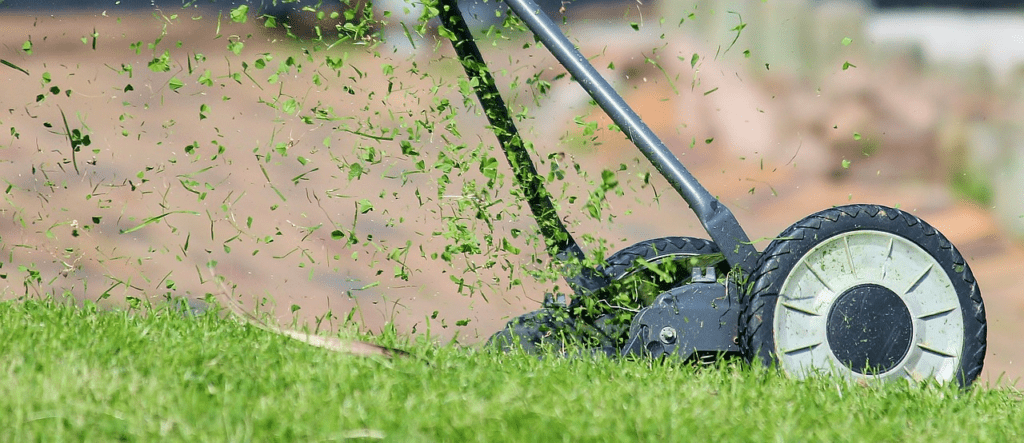With the recent weather changes, stay updated on how to maintain your lawn with advice from UF/IFAS experts, and Farm and Garden business owner Bill Doty.
With the weather changing so much in the last month, it’s important to know the proper way to treat your lawn, whether it is wet or dry outside.
A UF/IFAS expert gives us some advice on how to treat and maintain a healthy lawn in hot, dry weather:
• “Never cut more than one-third of the leaf blade at one mowing.
• Sharpen your mower blades.
• Water the right amount. Generally, lawns can survive on irrigation of one to two days per week if you apply half to three-fourths of an inch water each time. You should only water if it has not rained in 24 to 48 hours.
• Place shallow cans in the bad and good areas of your lawn to determine how evenly your system is distributing water. Hand-water particularly dry spots.
• Consider using a more drought-tolerant turf, such as Bahia grass or centipede grass.”
Jason Kruse, a UF/IFAS associate professor of environmental horticulture, says, “Once the rains are back, you can consider replacing parts of your turf grass with other types of ways to cover your ground. This can be expensive, but you can save on annual maintenance costs.”
UF/IFAS also says that some local governments give rebates for those who replace their lawns with more drought-tolerant plants or for implementing other water conservation strategies.
Bill Doty from Doty Farm and Garden in Winter Haven also gives us some tips on taking care of our lawn. Doty says, “Any watering that is done, should be done in the early mornings, any time between midnight and 10 A.M. The reason being is that watering in the late afternoon can often activate fungus.” He also says, “It’s time to feed everything that you own because everything has been grossly and terribly depleted.” He recommends using slow releasing fertilizer because fast release will often activate fungus. There are dry fertilizers and liquid fertilizers, but he prefers dry because it last longer than liquid forms. The dry will last up to 3 months, while the liquid will last only about 30 days. He says, “Put out dry fertilizer just before dark, if the blades of grass are dry, leave it all night, water it in lightly the next day. Fertilization can also be done in the morning, as long as you leave time to water in before the heat of the day.”
“If the weather permits, Fertilizers, insecticides, and fungicides can all be applied on the same day. After your dry fertilizers have been applied, then apply your insecticides. Water it in for about 10-15 minutes, then let it dry. Next apply your fungicides, be sure to wear gloves, long pant, and closed in shoes. Water it in for 3-4 min, then no water for 24 hours, and no pets or children for 24-48 hours. After drying takes place, plants and trees may be sprayed with liquid insecticides or fungicides, if it’s still mid-morning. Repeats on fungicides are usually 7-10 days, while repeats on insecticides are usually 5-7 days. Repeats on fertilizer depend on purpose and condition of plants or grass.” Recommends Doty.

